Ancho Seasoned: The Spicy Secret Behind Smoky Flavor Mastery
Table of Contents
- Introduction to Ancho Seasoned
- What Exactly is Ancho Seasoned?
- Why You’ll Love Cooking with Ancho Seasoned
- Culinary Uses & Creative Applications
- Buying Guide: How to Choose the Best Ancho Seasoned
- Storage Tips for Long-Lasting Flavor
- Tantalizing Recipes Featuring Ancho Seasoned
- Common Mistakes to Avoid When Using Ancho Seasoned
- Conclusion
Introduction to Ancho Seasoned
When it comes to spice blends that offer depth, warmth, and a touch of earthy heat, ancho seasoned stands out in both home kitchens and professional culinary circles. This smoky-sweet seasoning blend is derived from dried ancho chiles — the mild, fruity version of poblano peppers — and is often combined with other spices to enhance its natural flavor profile.
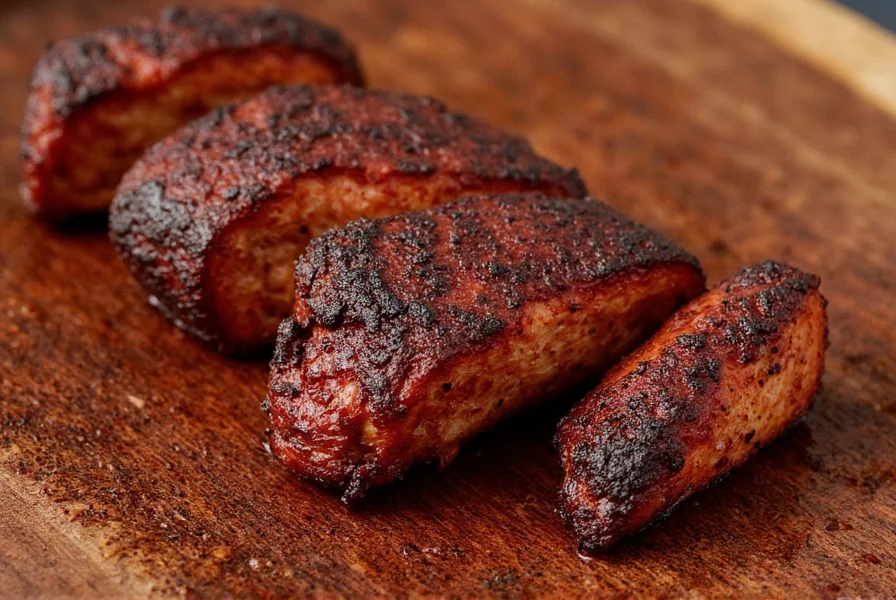
If you’ve ever taken a bite of mole sauce or tried your hand at making homemade chili powder, there’s a good chance you’ve already experienced the magic of ancho seasoned without realizing it. Let’s dive into what makes this seasoning such a powerhouse in the world of spice basics.
What Exactly is Ancho Seasoned?
At its core, ancho seasoned refers to a mixture where ancho chile powder is the dominant component, often blended with complementary spices like garlic, cumin, oregano, coriander, and even cinnamon for complexity. It can come pre-mixed in bottles or be crafted fresh at home by grinding roasted ancho chiles and adding a few choice seasonings.
Here’s a quick breakdown of common ingredients found in commercial and homemade ancho seasoned blends:
| Ingredient | Purpose | Flavor Profile |
|---|---|---|
| Ancho Chile Powder | Base ingredient | Smoky, sweet, mildly spicy |
| Garlic Powder | Enhances umami | Earthy, pungent |
| Cumin | Adds warmth | Nutty, citrusy |
| Oregano | Balances sweetness | Bitter, herbal |
| Cinnamon (optional) | Adds depth | Woody, sweet |
Why You’ll Love Cooking with Ancho Seasoned
There are plenty of reasons to reach for that bottle of ancho seasoned when planning your next meal:
- It adds instant depth: A sprinkle brings a layer of smokiness that enhances everything from grilled meats to roasted vegetables.
- Mild heat with big flavor: Unlike some hotter chiles, anchos provide gentle heat that won’t overpower a dish but still leaves a lasting impression.
- Perfect for Mexican-inspired dishes: Think tacos, enchiladas, tamales, moles, and more.
- Works well beyond Latin cuisine: Try using it in barbecue rubs, soups, stews, and even baked goods!
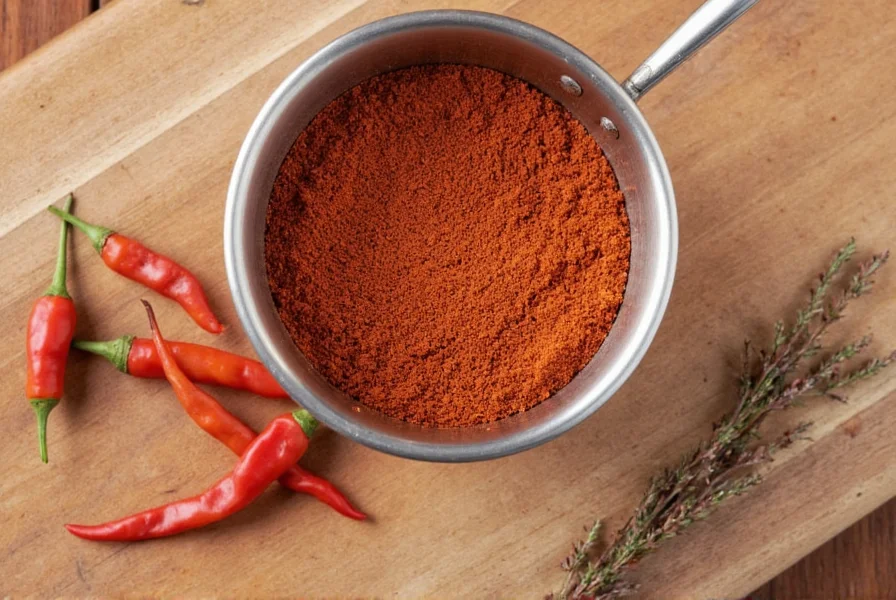
Culinary Uses & Creative Applications
The beauty of ancho seasoned lies in its versatility. Here are some classic and creative ways to use it in your cooking:
- Rub for meats: Mix with olive oil and apply to pork, beef, or chicken before grilling or roasting.
- Base for sauces: Combine with tomatoes, vinegar, and a bit of honey for a bold BBQ sauce.
- Stir-fry boost: Toss with veggies for a flavorful twist.
- Dip enhancement: Blend into sour cream or mayonnaise for a smoky dip.
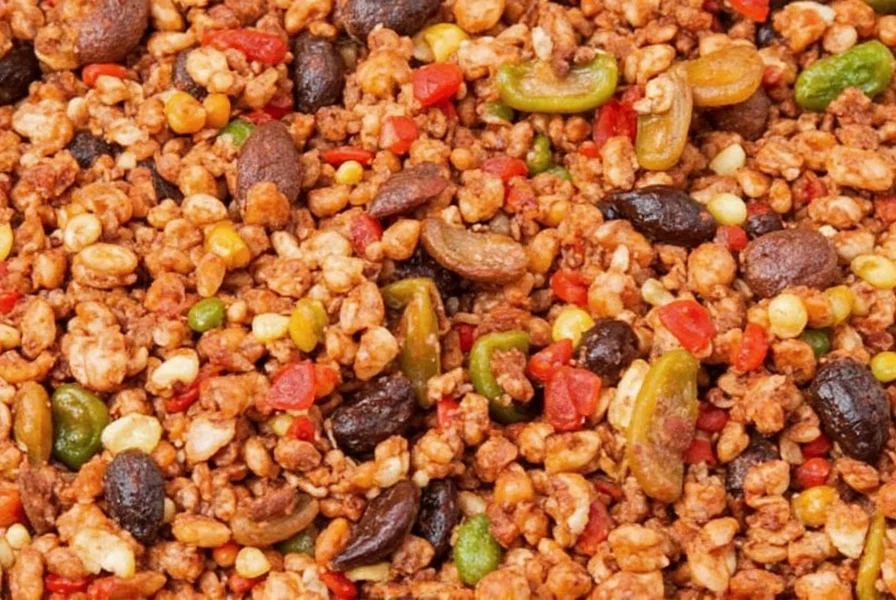
Buying Guide: How to Choose the Best Ancho Seasoned
With so many options available, picking the right ancho seasoned can be overwhelming. Here's how to choose wisely:
1. Check the Ingredients List
Look for minimal additives. The best blends will list whole spices and no artificial flavors or preservatives.
2. Consider the Heat Level
Some brands add extra capsaicin or mix in hotter chiles. If you prefer milder flavors, stick to those labeled “mild” or “medium.”
3. Smell Test
Fresh ancho seasoned should have a rich, smoky aroma. Avoid any that smell stale or dusty.
4. Brand Reputation
Well-known spice companies like McCormick, Badia, or Simply Organic usually offer quality products.
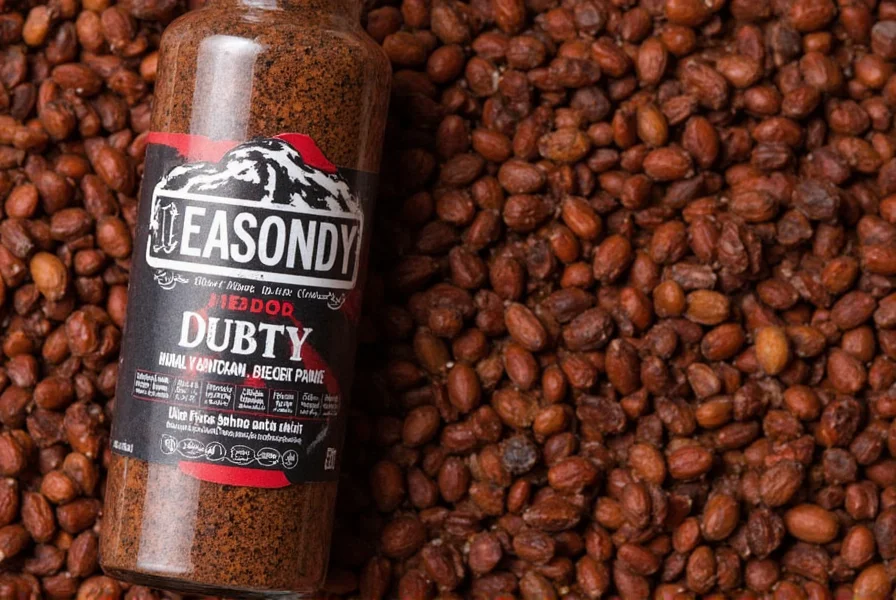
Storage Tips for Long-Lasting Flavor
To keep your ancho seasoned tasting fresh for months, follow these simple storage tips:
- Store in a cool, dark place: Light and heat degrade spices over time.
- Use airtight containers: Oxygen exposure dulls flavor and color.
- Avoid humidity: Moisture can cause clumping and mold growth.

Tantalizing Recipes Featuring Ancho Seasoned
Ready to put that bottle of ancho seasoned to work? Here are a few standout recipes to try:
- Ancho Seasoned Chicken Tacos: Marinate chicken breasts in lime juice and ancho seasoned, then grill and serve in warm tortillas with avocado crema.
- Smoky Black Bean Soup: Add a spoonful to the pot for a richer, deeper flavor base.
- Chili Rub Sweet Potato Fries: Toss fries with oil and ancho seasoned before baking for a spicy snack alternative.
- Dark Chocolate Ancho Brownies: Yes, really! A pinch in the batter adds a subtle kick that complements chocolate beautifully.
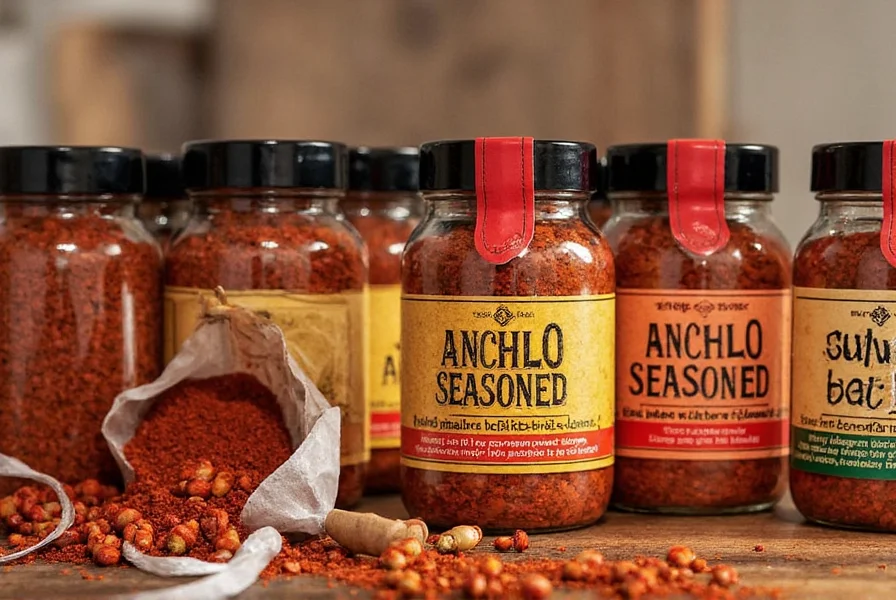
Common Mistakes to Avoid When Using Ancho Seasoned
Even seasoned cooks sometimes make missteps with ancho seasoned. Here’s what to avoid:
- Over-seasoning: Start small; you can always add more later.
- Using expired spice: Stale spice lacks potency and can ruin a dish’s balance.
- Mixing with incompatible ingredients: Strong fish or delicate greens may clash with its bold flavor.

Conclusion
Ancho seasoned is more than just a pantry staple — it’s a flavor enhancer that bridges cultures and cuisines. Whether you’re marinating meat, spicing up a batch of chili, or experimenting with desserts, a dash of ancho seasoned can transform the ordinary into the extraordinary.
From understanding what goes into the perfect blend to knowing how to store and use it effectively, mastering ancho seasoned opens the door to a world of flavor possibilities. So go ahead — grab that bottle and start exploring!
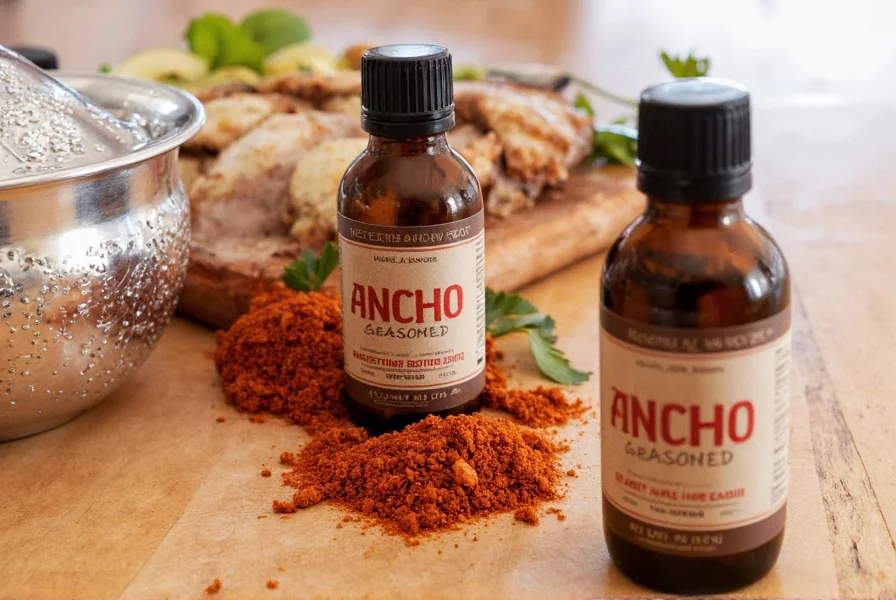










 浙公网安备
33010002000092号
浙公网安备
33010002000092号 浙B2-20120091-4
浙B2-20120091-4